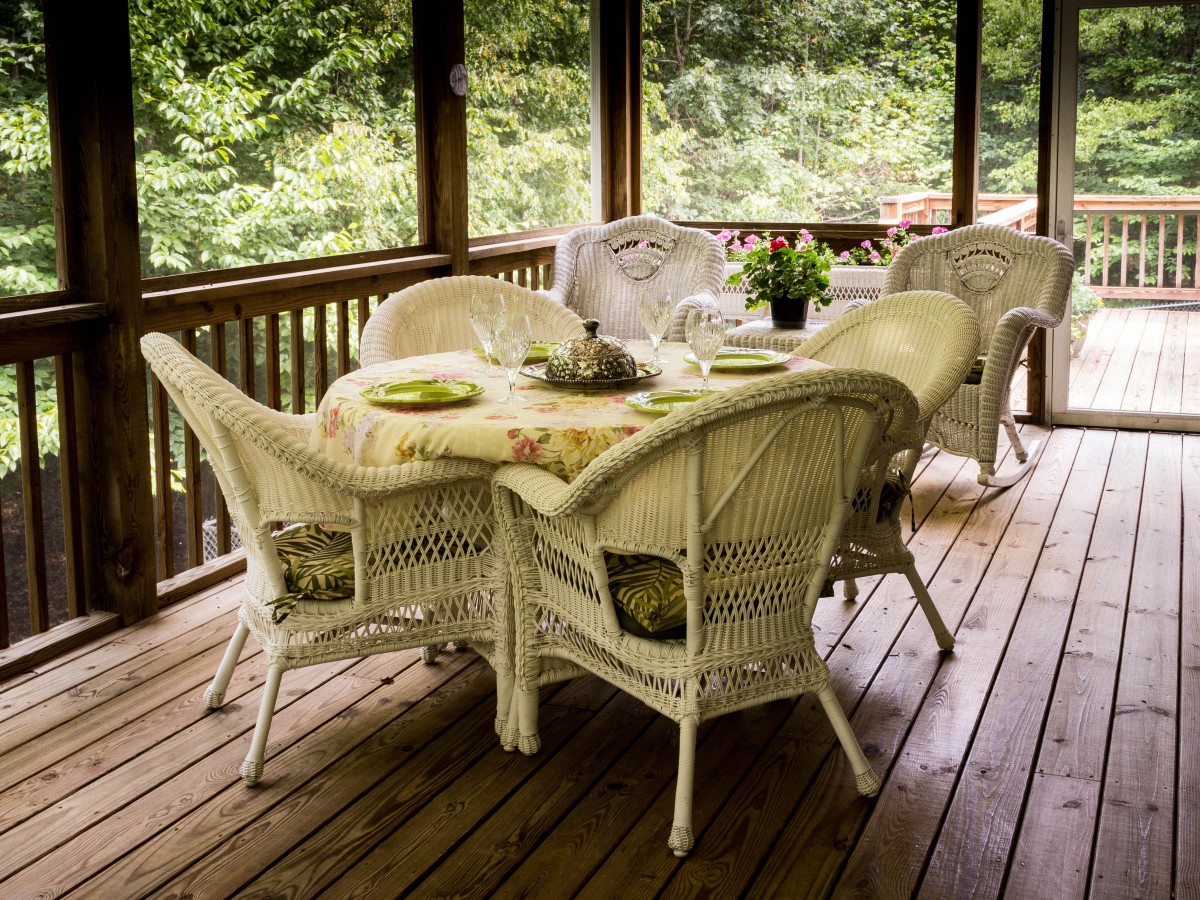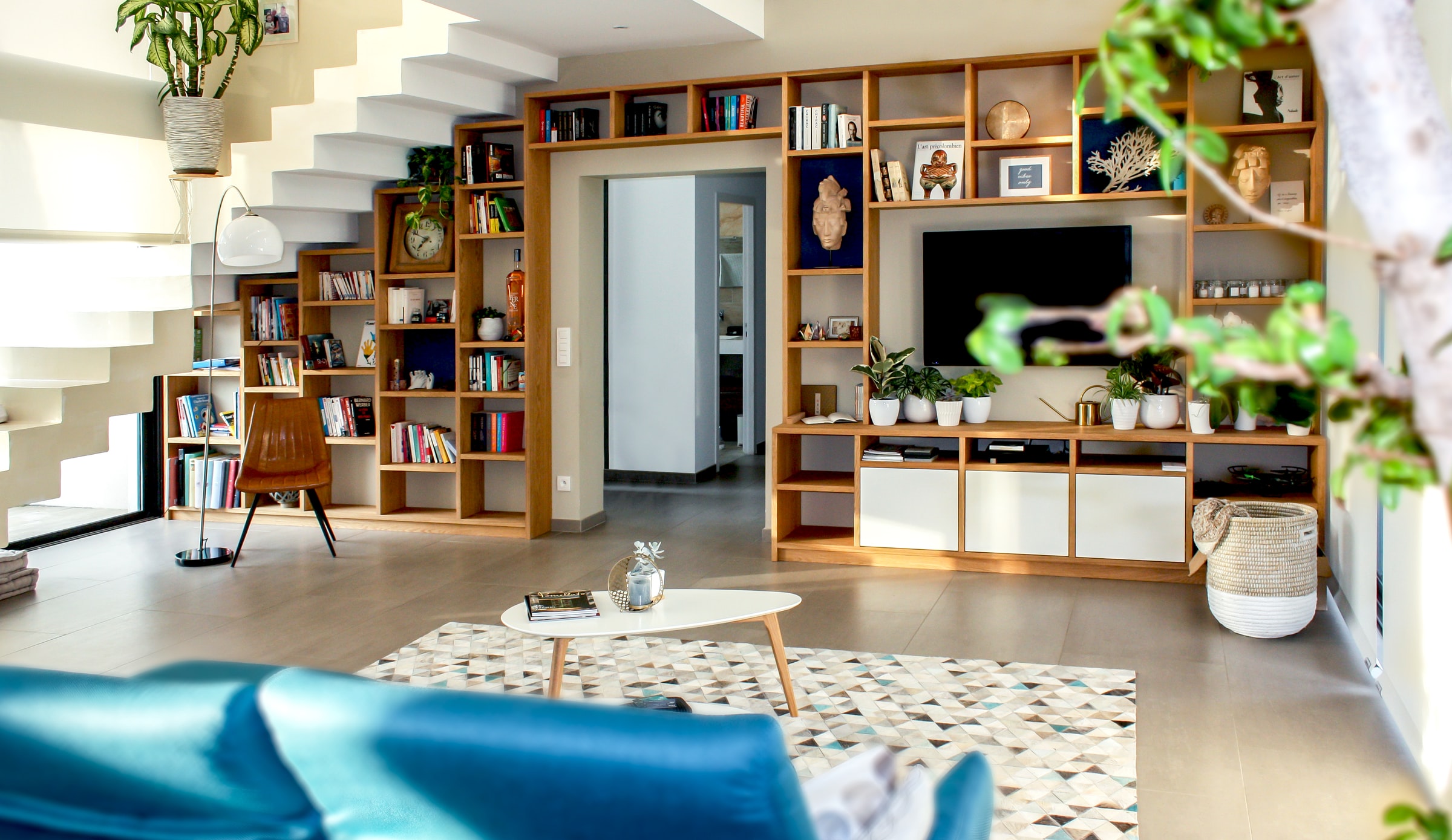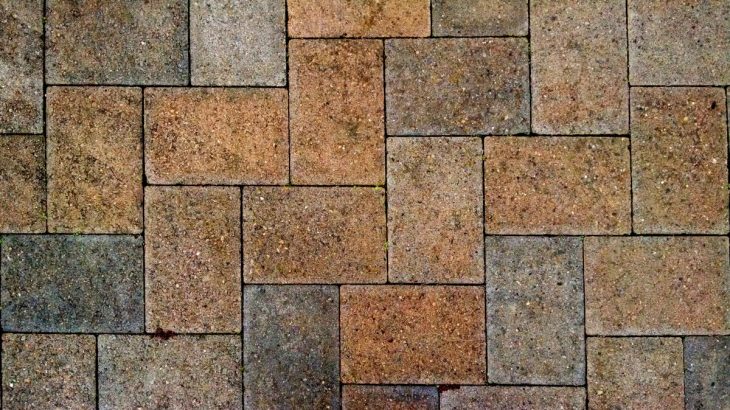You have decided to build or renovate your home, and you are wondering about the floors. The abundance of choices can leave you hesitant, but here are a few tips to help you find your way around. As with all stages of construction or renovation work, it is important to think about your floor choices beforehand.
While some criteria, such as price, may seem obvious, don’t forget to think about your future décor and maintenance: some require more than others! In addition, not all floors are suitable for every room in your home. So, without further ado, let’s dive into this blog and learn some of the things you need to know about flooring.
1. Parquet

Elegant and resistant, a parquet is one of the most durable floor coverings. It is available in many species to suit the requirements of all rooms. Oak and beech are particularly sturdy and suitable for living rooms and areas subject to heavy traffic (hallways or bedrooms). Moisture is not a concern for parquet; just choose a rot-proof wood like teak, mahogany or kemps.
There are two types of flooring: solid and engineered. Composed only of raw wood, the first is the most noble, the one that can really be installed for life in a home. It will be possible to sand it over time to make it look like new. The laminate floor has 3 different layers. The one in contact with the floor and the middle layer is made of agglomerated wood or softwood. The top layer (wear layer) is made of noble wood.
2. Laminate flooring
Laminate flooring comes in large planks similar to parquet, but the composition is different. It consists of a layer of fibres on which decoration has been applied. This makes it possible to lay a floor similar to wood, but much simpler and at a much lower cost. But laminate flooring does not only imitate parquet; it can also be used as tiles or waxed concrete.
Laminate flooring is installed with glue or by using the clip system integrated into the boards. For more comfort, installing a layer of sound insulation on the floor is advisable before installation. Laminate floors are available in different levels of resistance. Maintenance (weekly) is very simple: just use water, a mild cleaner and a mop. It can be installed in the kitchen, bedroom or living room.
3. Tiles

Tile is a resistant and easy to maintain floor covering. Particularly resistant to moisture, it is preferred for the kitchen and bathroom. Traditionally, tiles are composed of tiles that can adopt different sizes. There are many finishes that can imitate the appearance of concrete, stone, wood or marble. It can also display patterns like cement tiles or the glowing colours of terracotta. It’s a floor covering that offers great diversity at a more affordable cost than the noble materials it’s based on.
4. Waxed concrete
It’s hard to find a more resistant floor covering than waxed concrete. Abrasions, shocks, rubbing and even punching: nothing scares it. It owes its robustness to its composition, which combines concrete and aggregates. Several layers of varnish and wax are then applied. This gives it a raw and elegant look but also gives it impressive resistance to water.
Waxed concrete is, therefore, one of the floor coverings that can be installed in all rooms. It is also possible to install it over tiles. It is available in many shades to suit all decorations. As for maintenance, soapy water will do the trick. Depending on the intensity of the traffic, you will simply have to remember to wax it once or twice a year.
5. PVC flooring

PVC flooring (also called vinyl) is one of the most affordable floor coverings. It can be purchased in rolls, tiles or strips. It is a good sound insulator and very pleasant to walk on. It can be plain for a sober floor that blends with the decoration. There are also variations in imitation materials decorated with patterns.
The tiles and strips can be glued or clipped. There are also self-levelling PVC floors that can cover damaged tiles or that are no longer to your liking. In rolls, PVC can simply be laid on the floor on surfaces of less than 25 m2 or when it is a self-levelling floor. The thickness of a PVC floor varies from 0.12 to 0.30 mm in order to adapt to use in all rooms of the house.
Sound off in the comments section below, and tell us what you want to read next and if you want to read more about flooring.




















One thought on “Top 5 Things To Know About Flooring”